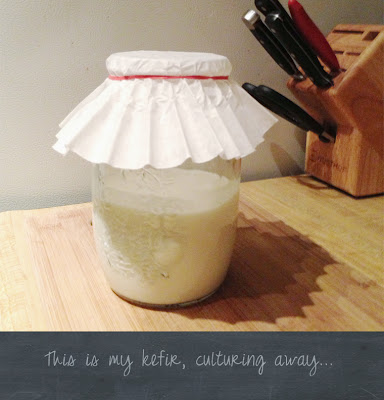I’ve decided to start an online journal of my health journey. I’ve had thoracic outlet syndrome (aka chronic nerve pain) for about a little over the year. I would like to share with everyone what I’ve done to improve my health.
For several months I’ve been vegan, although I don’t keep track of how long exactly it’s been. When I go out, I still order mostly vegan, as I don’t trust sources industrial sources of meat, fish, and dairy. After a lot of research, I’ve decided to change up my high raw vegan diet, to include some local animal products after researching how important they are for maintaining and improving your health. I’ve recently read The Body Ecology Diet, Wild Fermentation, and have almost completed Know Your Fats. These books have an especially high regard for full fat, raw milk kefir.
So I decided to be open minded and try it out. When I mentioned this to my Naturopath, she thought fermented foods would be a good idea and that I could transition from my expensive probiotics. I’ve been on Xymogen’s ProbioMax Plus DF. The great thing about kefir grains are that they are pretty inexpensive to find, and if you maintain them will continue to grow wonderful probiotics for you. If you would like to stay vegan, perhaps you don’t have or can’t afford a good milk source, you can ferment in nondairy sources.
I purchased my kefir grains from GEM Cultures, which was listed as a resource in Wild Fermentation. I’m using raw whole cow’s milk, a nylon strainer, and some mason jars. I’ve been fermenting for 24 hours, and although I’m not sure if it tastes right, I’ve still been drinking it and I haven’t gotten sick yet. Keep in mind, I’m lactose-intolerant and get sick if I consume more than one cup of food with a lot of milk or cream. I will keep you posted on all the gnarly details. Later health nuts 😉


